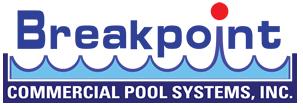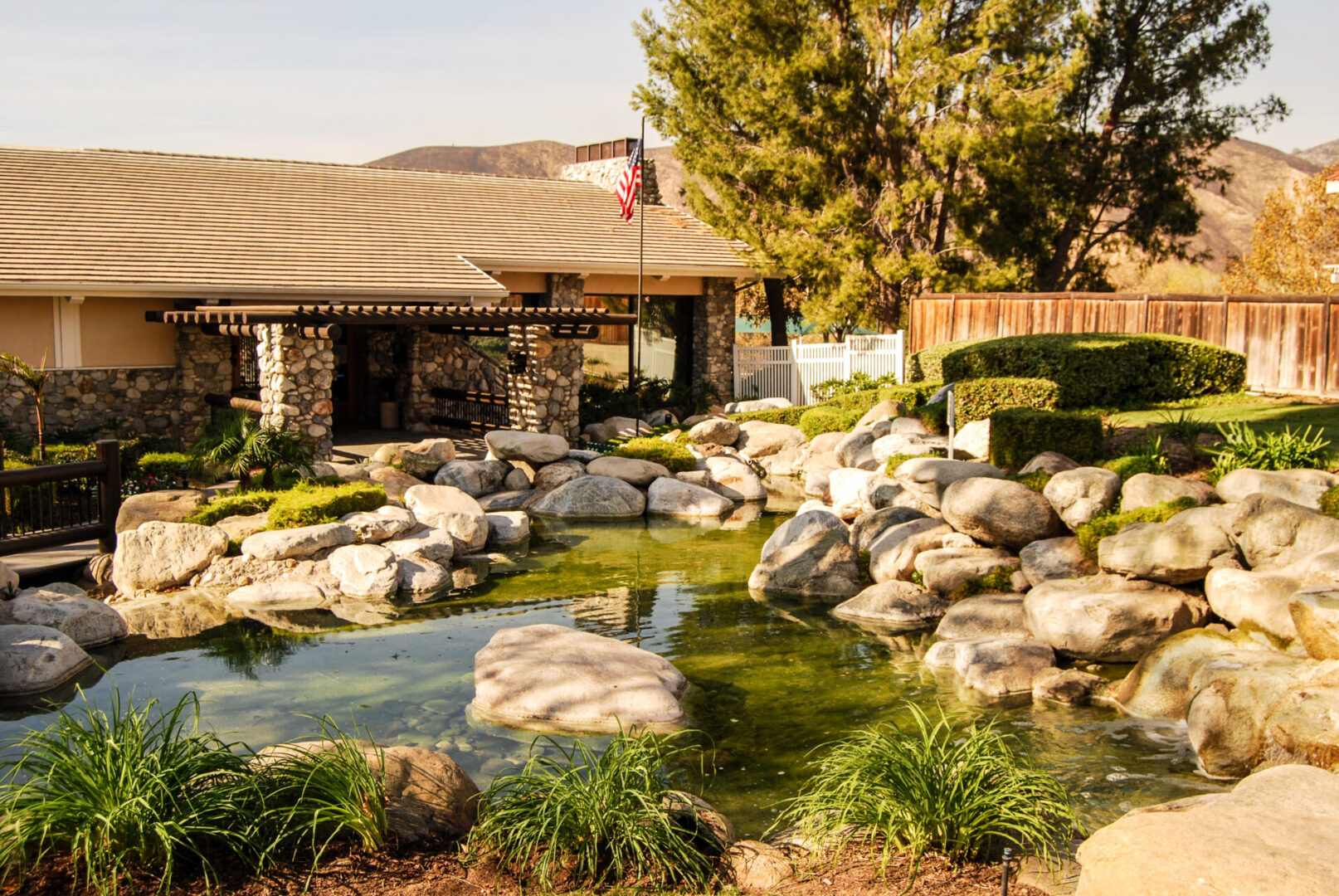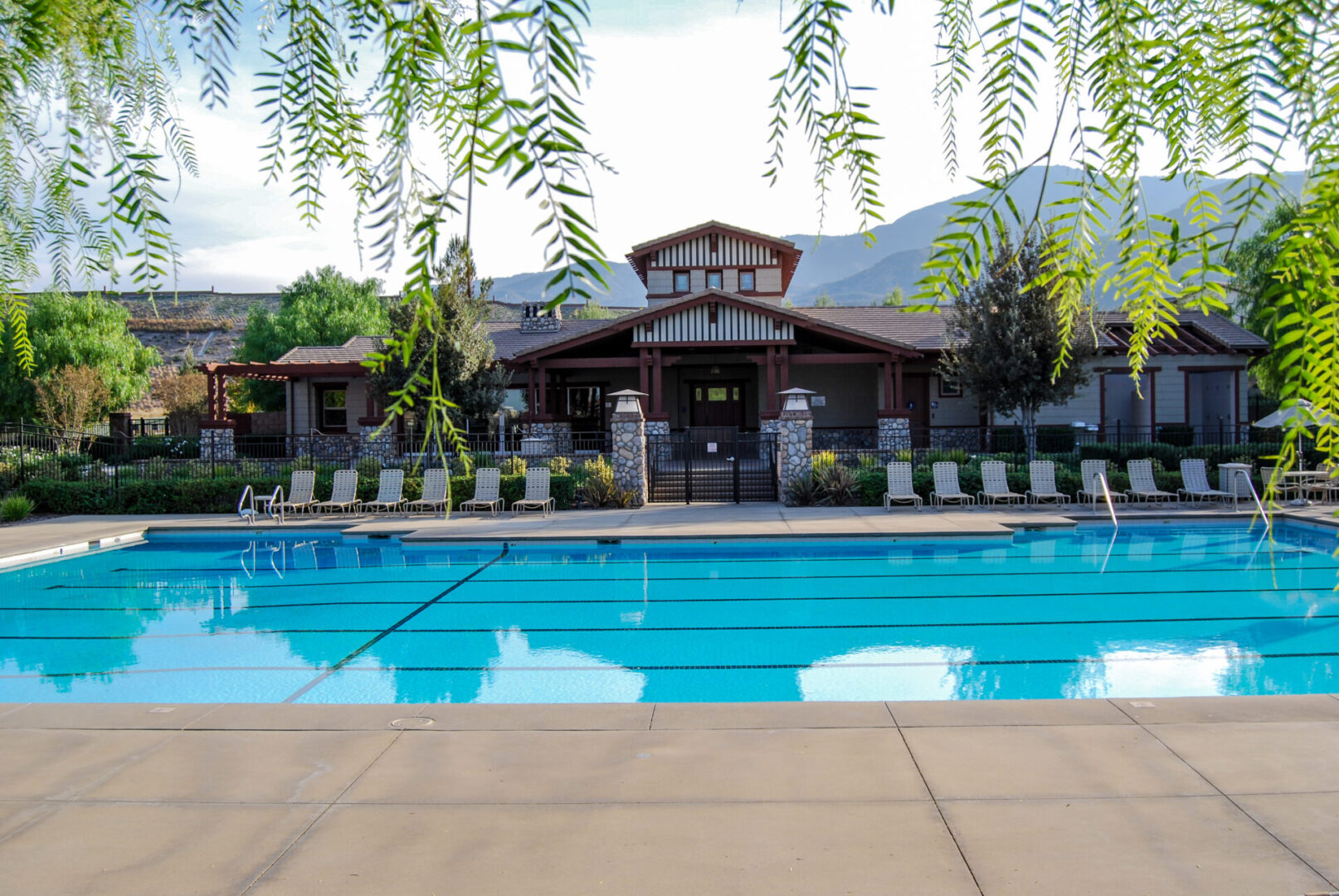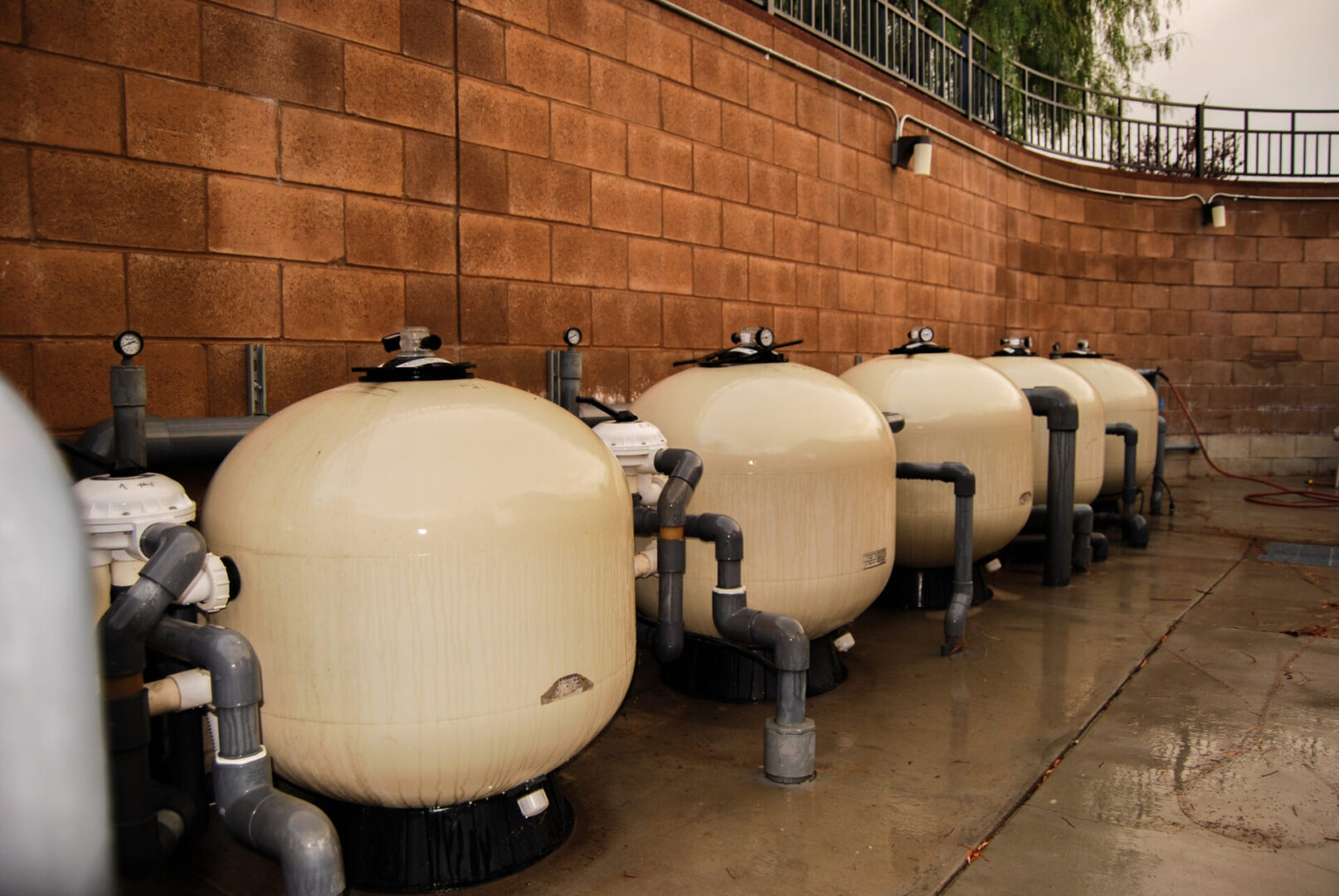Our Services Include:
Pool Maintenance
Professional Repairs
Vandalism Remediation
Equipment Upgrades
Energy Analysis
“Danger in the Pool” Watch the Shocking Video!
Useful Pool and Spa Safety Regulations
- Pool Closure Advisory (pdf)
- Summary of Pool Regulations (pdf)
- Contamination of Swimming Pools (pdf)
- Swimming Pool Fencing Guidelines (pdf)
- Virginia Graeme Baker Pool and Spa Safety Act of 2007 (pdf)
- FAQ’s Virginia Graeme Baker Pool and Spa Safety Act of 2007 (pdf)
- Swimming Pool Design and Operation Code Excerpts (pdf)

Frequently Asked Questions
Q.– What is “breakpoint” chlorination?
When you start to smell “chlorine,” what you are really smelling are chloramines. Chloramines are chemical compounds formed by chlorine combining with swimmer wastes, such as sweat, urine, body oil, etc. Chloramines are non-effective as a disinfectant and will cause eye and skin irritation.
The chloramine level is calculated by subtracting the free chlorine from the total chlorine in the pool/spa water. Pool/spa water must be tested for combined level at least twice a week. Although most courses recommend the level not to exceed .2 ppm, we recommend that the level not exceed .5 ppm (due to the availability of reasonably priced test kits).
The average frequency of shocking is 2–3 weeks for an indoor pool and 7–10 days for an outdoor pool. However, high bather loads will result in more frequent superchlorination.
Note: Pools using bromine as a sanitizer must also perform breakpoint superchlorination using chlorine, as bromine is not available in a form for this procedure (bromine for pools is a compound of bromine and chlorine). Like chlorine, bromine combines with organic impurities to form combined bromine and bromamines.
Shocking the Pool
1.— Determine the ppm of free available chlorine (FAC)
2.— Determine the ppm of total available chlorine (TAC)
3.— Determine the ppm of combined available chlorine (CAC) or chloramines using this formula:
TAC – FAC = CAC
For example:
TAC (2.0 ppm) – FAC (1.5 ppm) = 0.5 ppm (CAC) or
TAC (3.0 ppm) – FAC (2.0 ppm) = 1.0 ppm (CAC)
Steps 1–3 must be done with a DPD test, using the test kit instructions.
4.— Determine the breakpoint factor using this formula: (CAC) x (10) = breakpoint factor (in ppm)
- This is the level in ppm of chlorine needed to reach “breakpoint”
5.— Identify the type of chlorine to be used for “shocking”
- Stabilized chlorine compounds such as sodium dichlor granular chlorine or sodium trichlor granular chlorine may not be used for “shocking” because the permitted level of cyanuric acid would be exceeded over the season. It also would cause the water to have elevated chlorine levels for days.
6.— Plug the breakpoint factor into the right formula:
- Calcium Hypochlorite
(0.125) x (breakpoint factor) x (pool volume ÷ 10,000) = pounds to add - Lithium Hypochlorite
(0.250) x (breakpoint factor) x (pool volume ÷ 10,000) = pounds to add - Sodium Hypochlorite
(0.1016) x (breakpoint factor) x (pool volume ÷ 10,000) = gallons to add
For example:
Calcium hypochlorite will be used, CAC is .5, therefore the breakpoint factor is 5 (CAC x 10), the pool volume is 100,000 gallons.
(0.125) x (5) x (100,000 ÷ 10,000) = 6.25 pounds of calcium hypochlorite must be added to the pool.
Non-Chlorine Oxidizers
Non-chlorine oxidizers may be used to “shock” a pool, but the pool will still have to be superchlorinated periodically with a chlorine compound to kill off the bacteria that become resistant to constant exposure to low levels of disinfectant (chlorine and bromine). An advantage to using a non-chlorine oxidizer is the shutdown may be as little as one half-hour. These products will oxidize or destroy ammonia, nitrogen, and some swimmer waste but will not kill bacteria or algae.
Listed below is the active ingredient used in non-chlorine oxidizers:
Potassium Monopersulfate
Note that the use of potassium monopersulfate will result in false readings of chlorine for up to six hours as it oxidizes the iodide in the reagent as if it were combined chlorine. There is a reagent available to correct this
Q.– Do high levels of chlorine cause bathing suits to disintegrate?
Actually, clothes washed in a typical washing machine are exposed to much higher levels of chlorine than bathing suits worn in a swimming pool. Most commercial pools maintain free chlorine levels of 1.0 to 10.0 parts per million. Adding two ounces of typical laundry bleach to a wash load raises the chlorine level to 83 parts per million.
Q.– What are the procedures if fecal contamination occurs in the pool?
According to the Orange County Health Department, outbreaks of disease have been associated with pool water contaminated with feces.
When fecal matter is observed, the pool shall be immediately closed and the fecal matter removed.
The pool shall be super-chlorinated, the water filtered for at least 24 hours, and the filters backwashed prior to reopening the pool.
The same procedure should be used if a dead animal is found in the pool.
Our company policy is the same procedure as above.
To reduce the chances of fecal contamination
- Do not allow pets in the pool area.
- Remove street shoes when walking on the pool deck.
- Have children wear swimsuit diapers if not yet toilet trained.
- Have children use the restroom before entering the pool.
Q.– Why is it important to perform preventative maintenance on the pool equipment?
Regular pool equipment maintenance prevents breakdowns of equipment and costly repairs and extends life expectancy of equipment.
Types of preventative maintenance
- Filter Cleaning – Dismantling of filters, cleaning of filter grids, inspection of grids, replace tank body o-rings, and replace D.E. (for diatomaceous earth filters).
This should be completed as needed to keep the filter in good operation. - Sand Filters – Should be inspected regularly for proper operation.
- Conditioner (or cyanuric acid) helps chlorine last longer in outdoor pools by bonding with the chlorine ions and not allowing the ultraviolet rays to degrade the chlorine as quickly.
- Inspection and replacement as needed of pump shaft seals, actuator solenoids, and chemical feed tubes and hoses.
Q.– What 5 factors influence water balance in a swimming pool?
1. pH Level.
2. Total Alkalinity.
3. Calcium Hardness.
4. Water Temperature.
5. Total Dissolved Solids (TDS).
pH Level
pH is a measure of the acidity or alkalinity of the water. The Orange County Health Department requires that all swimming pools keep a pH level between 7.2 and 7.8.
Acid (0)——————-Neutral (7)——————–Base (14)
Total Alkalinity
Measures the changes in water to pH changes. Ideal range is 100–120 parts per million for pool water.
Calcium Hardness
The measure of the hardness or calcium ion content of the water.
Problems with hard water:
- Causes scale.
- Raises pH levels.
- Water becomes cloudy.
- Flow rate is decreased.
Water Temperature
The usual temperature for a heated pool is 80 degrees to 85 degrees.
The maximum temperature for a spa is 104 degrees
Water temperature affects water balance:
- The amount of chemicals needed increases with warmer pool temperatures.
- Calcium is less soluble in warm water.
- Warmer water increases usage, which increases chemical demand.
Total Dissolved Solids (TDS)
TDS are all products dissolved in the water. Include chemicals, debris entering pool from environment, and swimmer waste products.
When TDS levels increase:
- Chlorine effectiveness is reduced.
- Algae growth increases.
- Water becomes cloudy.
- Scaling increases.
- Staining of plaster increases.
Our Services Include:
Pool Maintenance
Professional Repairs
Vandalism Remediation
Equipment Upgrades
Energy Analysis
“Danger in the Pool” Watch the Shocking Video!
Useful Pool and Spa Safety Regulations
- Pool Closure Advisory (pdf)
- Summary of Pool Regulations (pdf)
- Contamination of Swimming Pools (pdf)
- Swimming Pool Fencing Guidelines (pdf)
- Virginia Graeme Baker Pool and Spa Safety Act of 2007 (pdf)
- FAQ’s Virginia Graeme Baker Pool and Spa Safety Act of 2007 (pdf)
- Swimming Pool Design and Operation Code Excerpts (pdf)





